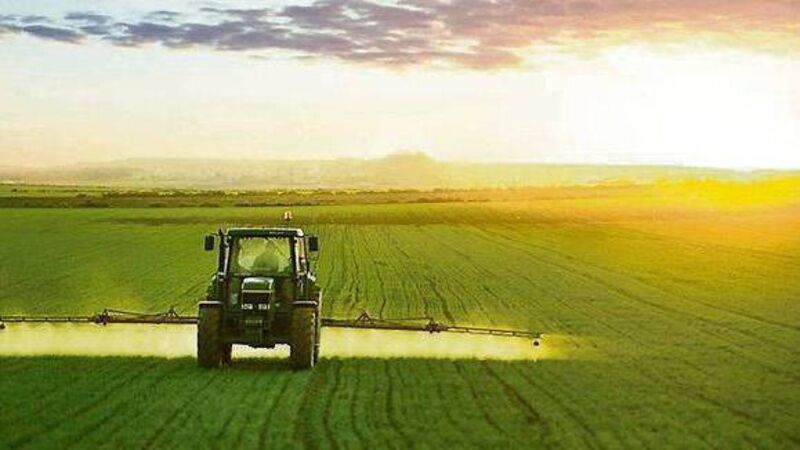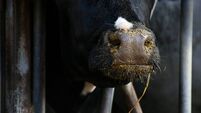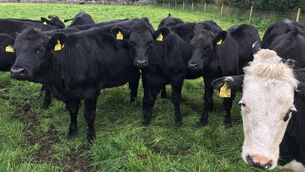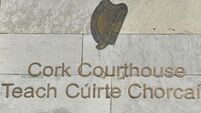Irish barley ends years old debate on whisky flavour influences

Twp Irish farms were part of an academic study which has provided conclusive proof of terroir’s influence on whisky, settling an industry-dividing debate for both whisky drinkers and producers alike. File Picture.
Two barley varieties grown on farms with separate environments in 2017 and 2018 in Athy, Co Kildare and Bunclody, Co Wexford have proven, it seems, that the influence of soil, microclimate and topography on barley growth does have an impact on the flavour of whisky.
The farms were part of an academic study which has provided conclusive proof of terroir’s influence on whisky, settling an industry-dividing debate for both whisky drinkers and producers alike.
The concept of terroir – the French principle that factors such as soil, microclimate, and topography together can influence flavour characteristics - has long been accepted in other drinks categories such as wine and cognac, but has polarised whisky experts for years.
However, the peer-reviewed paper spearheaded by Waterford Distillery, proves that terroir can also be found in barley, and significantly, the single malt whisky spirit distilled from it.
Each sample of barley was micro-malted and micro-distilled in laboratory conditions to produce 32 different whisky distillate samples.
These were then tested by world-leading whisky lab analysts using the very latest analytical methods of Gas chromatography–mass spectrometry–olfactometry (GC/MS-O), as well as highly trained sensory experts.
Key findings included: 42 different flavour compounds, half of which were directly influenced by the barley’s terroir; the sheltered inland Athy site had predominantly higher pH levels with increased amounts of Calcium (Ca), Magnesium (Mg) and Molybdenum (Mo) in its limestone based soil; the more exposed Bunclody site had lower pH levels with increased amounts of Iron (Fe), Copper (Cu) and Manganese (Mn) in its soil - which is based on a shale or slate bedrock.
“Barley is what makes single malt whisky the most flavoursome spirit in the world,” Mark Reynier, Founder and CEO of Waterford Distillery, said.
“This study proves that barley’s flavours are influenced by where it is grown, meaning - like wine and cognac - whisky taste is terroir-driven.
“Critics claimed any terroir effect would be destroyed by the whisky-making process, saying there is no scientific evidence to prove that terroir even exists. Well, there is now.”
Professor Kieran Kilcawley, Principal Research Officer at Teagasc, said utilised gas chromatography olfactometry enabled researchers to discern the most important volatile aroma compounds that impacted sensory perception of the new make spirit.
“This research not only highlights the importance of terrior, but also enhances our knowledge of key aroma compounds in whisky,” he added.
Meanwhile, Waterford is a global whisky brand that uses a terroir-driven approach for all its single malt whiskies, with barley from each of its 40 Irish farms harvested, stored, malted and distilled separately each year.
It has produced whisky from almost 100 different terroirs as Single Farm Origin distillations since it was founded.











